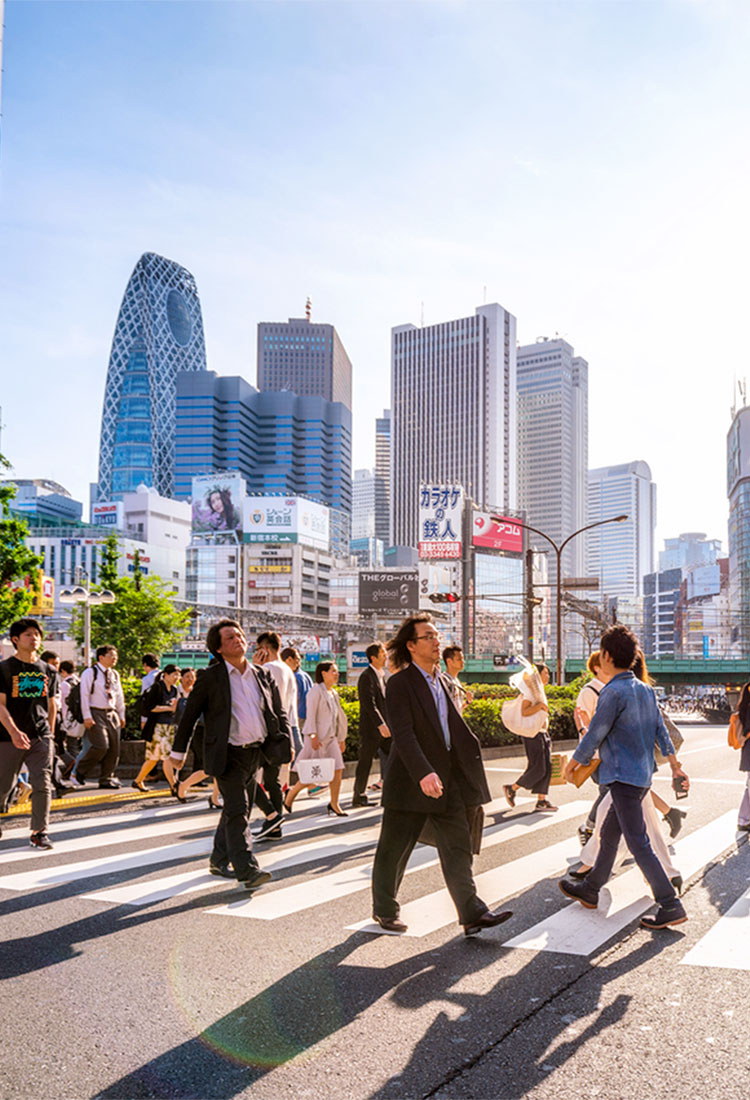The meanings of some city names are easier to decode than others — you probably know that Los Angeles means “the angels,” that New York’s naming roots come from an English duke, or that Athens was named after a Greek goddess. But there are other city monikers with more surprising backstories. Which city’s name means “the victorious”? What European capital is the “meadow of the gods”? Ahead, find out how eight cities around the world got their names.
Las Vegas: “The Meadows”
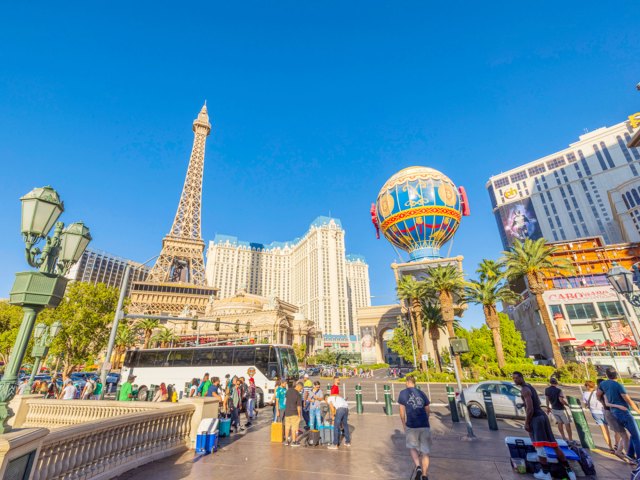
Some know it as Sin City, the Entertainment Capital of the World, or simply Vegas, but in Spanish its name has a much simpler meaning: “the meadows.” That geographical feature isn’t one we typically associate with Nevada in general, and Las Vegas in particular these days, but the Silver State’s landscape was drastically different in 1829. That’s when Rafael Rivera, a Mexican scout generally recognized as the first non-Native American to arrive in the area, came upon a grassy valley whose nutrient-rich soil was kept verdant by desert spring water.
Abu Dhabi: “Father of the Gazelle”
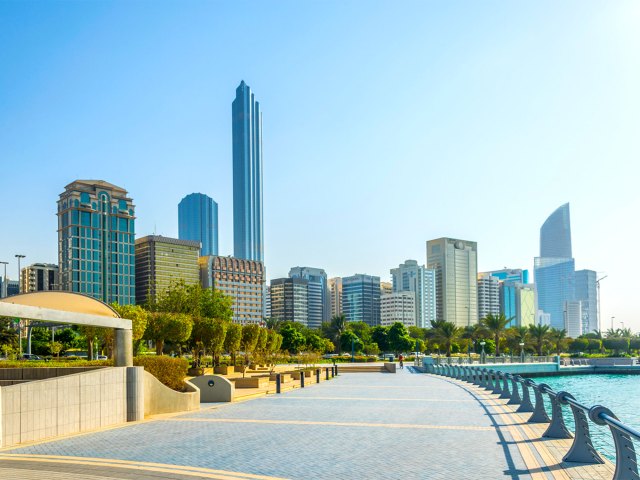
The capital — and, after Dubai, second-most populous city — of the United Arab Emirates has an especially lovely name that’s rooted in folklore. Abu is Arabic for “father,” while Dhabi means “gazelle” — as you might have guessed, the surrounding area abounds with the majestic creatures.
The folktale in question concerns Shakhbut bin Dhiyab Al Nahyan, who ruled Abu Dhabi from 1795 to 1816. Thirty years before his reign began, Shakhbut’s father, Dhiyab bin Isa, sent a hunting party from the Liwa Oasis to track a gazelle to a spring on the island now known as Abu Dhabi. His father later ordered Shakhbut to move there, and upon his arrival he built a fort called Qasr-Al Hosn that became the palace of the sheikhs.
Cairo: “The Victorious”
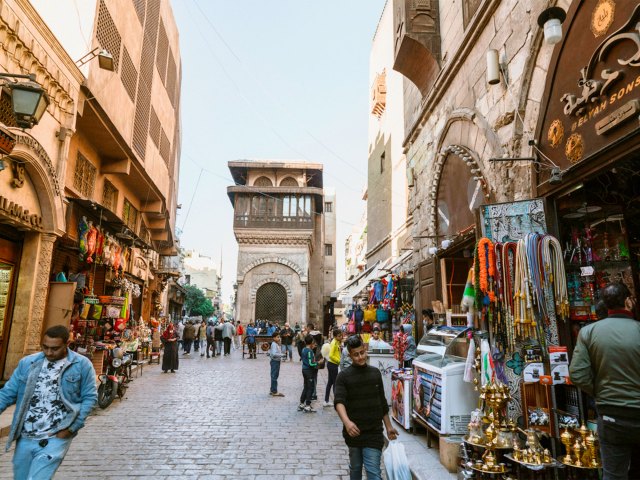
It’s only fitting that Cairo, one of the world’s most famous ancient cities, has an equally grandiose name. Though it’s often known by Egyptians as Maṣr, the Arabic name for Egypt itself, its actual name of al-Qāhirah translates to “the Victorious,” “the Vanquisher,” or “the Conqueror.” That’s because the planet Mars, known in Arabic as an-Najm al-Qāhir (“the Conquering Star”), is said to have been rising in the sky at the time Cairo was founded in 969 C.E.
That isn’t its only name, however. Cairo is also known as Kashromi and Nistram in Coptic Egyptian, which mean “man-breaker” and “land of sun,” respectively.
Hong Kong: “Fragrant Harbor”

Before it was romanized as Hong Kong, the special administrative region of China that has long beguiled visitors was known in English as He-Ong-Kong. That moniker dates back to 1780 and is thought to be a phonetic reading of hēung góng, a Cantonese name that translates to both “fragrant harbor” and “incense harbor.”
Hong Kong has long been one of the world’s most important commercial ports. The apparently sweet-tasting waters of the Pearl River may have been responsible for the “fragrant” designation; as for the other, a number of incense factories used to be found in the city’s Kowloon district. An alternate explanation comes courtesy of John Davis, who served as Governor of Hong Kong from 1844 to 1848 and said that the name came from “Hoong-keang” (“red torrent”). According to him, the name honored the red soil found beneath a waterfall on Hong Kong Island.
Oslo: “Meadow of the Gods”
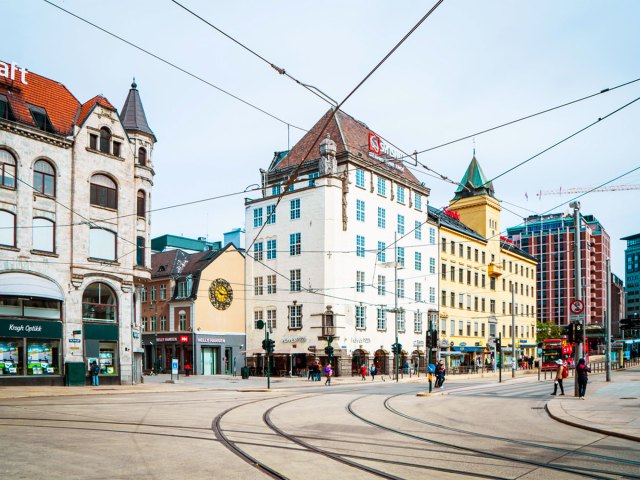
Originally founded as Ánslo in 1040 and known as Christiania after it was rebuilt following a 1624 fire, Norway’s capital and most populous city didn’t take on its current title until 1925. Until then, Oslo was merely an unincorporated suburb. Its name, like many in Scandinavia, comes from Old Norse: Oslo translates to “meadow of the gods” by some and as “meadow at the foot of the hill” by others.
Those who believe the godly interpretation attribute that to the word áss or ansu, which refers to the gods of Old Norse religion (Æsir). The topographical explanation may be more likely, as many other Norwegian names begin with “ås” and refer to ridges and hills, but it’s certainly not as cool. Scholars previously thought that “the mouth of the Lo river” was the true translation, a theory since debunked as both grammatically and historically incorrect.
Rio de Janeiro: “River of January”
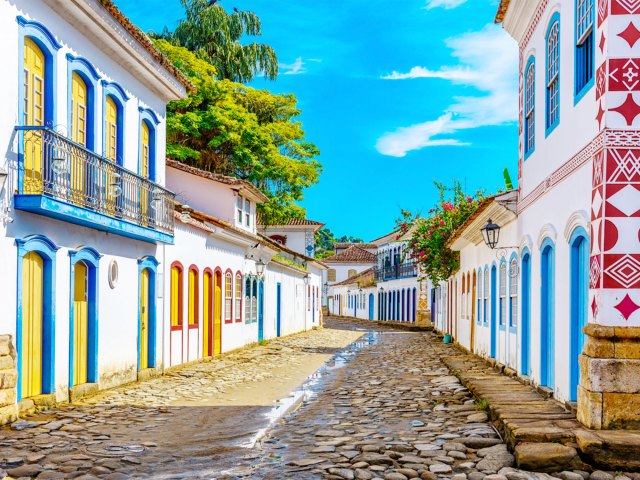
Despite its name, there isn’t actually a river in Rio de Janeiro. Rather, the city is named “River of January” in Portuguese because the colonists who arrived there in 1502 mistakenly believed that Guanabara Bay was actually the mouth of a river. As this occurred in January, the area was named in honor of this not-quite discovery. (There’s minor debate about this, as some historians believe that “rio” was used as a generic term for coastal indentations at the time, but the main theory is generally considered the correct one.)
Go to Rio itself, however, and you may hear it referred to as Cidade Maravilhosa — “the marvelous city.”
Tokyo: “Eastern Capital”
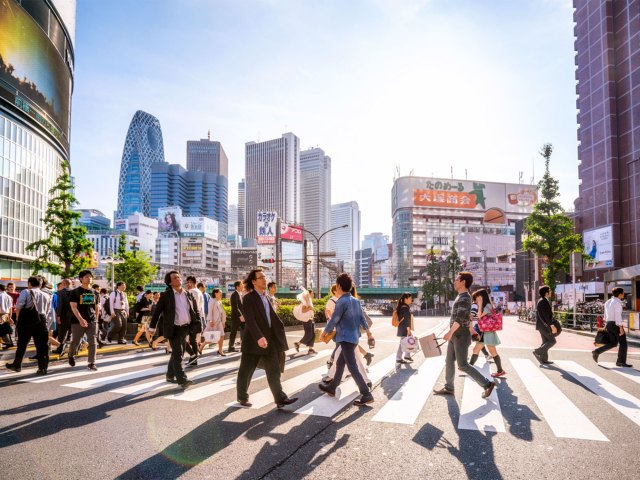
Japan has had many capitals throughout its history, including Nara and Kyoto, which helps explain how Tokyo got its current name — and why it wasn’t called that to begin with. It received its current title during the Meiji Restoration of 1868, when Emperor Meiji began to rapidly industrialize Japan and introduce Western culture to the Land of the Rising Sun, often at the expense of historical customs. During this period, he relocated the imperial capital and gave the city a new name meaning “eastern capital.”
This was actually a highly traditional move in its own way, as other East Asian capitals (including Kyoto itself) had the word “capital” in their names. For a time, it was actually called Tōkei by some who preferred that pronunciation of the characters 東京.
Toronto: “Place Where Trees Stand in Water”

Long before Europeans arrived in what we now call Toronto, the Iroquois called the area home. It’s generally agreed that the city’s current name comes from tkaronto, an Iroquois word that translates to “place where trees stand in the water”; the water in this case is that of Lake Simcoe.
Toronto can also be translated as “plenty” from the Huron language, but the word has also been spelled as “Taronto,” meaning “the narrows,” when referring to a channel of water found between lakes Couchiching and Simcoe.
More from our network
Daily Passport is part of Inbox Studio, which publishes content that uplifts, informs, and inspires.






